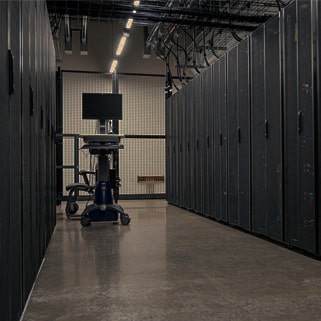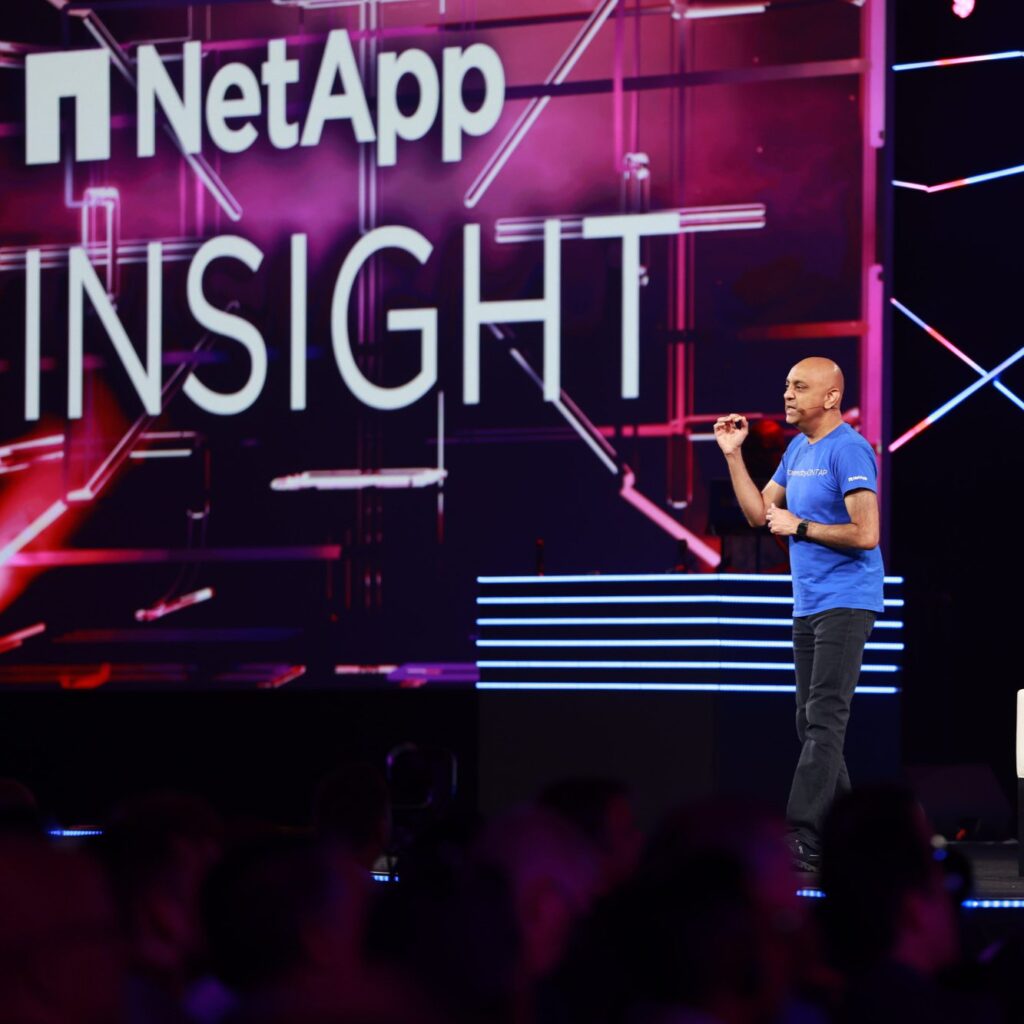You can’t manage what you don’t measure. So measure we must. This year we see the continued roll out of the Australian Sustainability Reporting Standards (ASRS) and edge even closer to Australia’s 2030 commitment to Net Zero Emissions. It all points to a need for authentic, precision sustainability. And while many organisations are setting ambitious goals (planning for decarbonisation, cleaner electrification or other reductions in emissions) they are failing to implement the tech to make them a reality.
If you don’t know where your energy is going, or how much you’re using, how can you possibly reduce waste or optimise it?
Real-Time Data Drives Smarter Decisions
Energy monitoring technology is no longer a ‘nice to have.’ It has to be embedded in your everyday operations, guiding ESG initiatives and adding substance to your sustainability reporting. This tech gives you real-time data, empowering your team to identify inefficiencies, take corrective actions and make more informed decisions in future. It’s like switching on the lights in a dark room. Suddenly, you can see what’s working and what isn’t. You can finesse your operations to save you energy, reduce operational costs and strengthen your sustainability posture.
As Chief Commercial Officer at Wattwatchers, I’ve seen how energy monitoring technology can translate into concrete sustainability outcomes. With real-time data, equipment failures, excessive standby power consumption and other inefficiencies can be spotted and resolved swiftly, so you can make the most of renewable energy sources, low tariff periods and peak demand reductions.
Reduce Waste and Cut Costs
One of the most immediate benefits of energy monitoring technology is its ability to highlight energy waste. Whether it’s lights left on overnight, inefficient HVAC systems, or machinery running unnecessarily, these inefficiencies add up quickly. Addressing them not only reduces energy consumption but also lowers utility bills. It’s a double win for your sustainability efforts and your bottom line.
For example, a retail chain implementing energy monitoring across its stores might discover that certain locations consume far more energy than others. This insight enables targeted improvements, such as upgrading lighting to LED systems or reprogramming HVAC schedules to drive cost savings and energy reductions.
Support Renewables and Decarbonisation Efforts
Our transition to renewable energy sources is a pillar in Australia’s decarbonisation efforts. Energy monitoring technology will drive this shift by optimising renewable energy usage and tracking emissions. For instance, monitoring technology can provide detailed visibility into energy production and consumption patterns for organisations that have solar panels, to ensure these renewables are being efficiently leveraged.
This capability extends to supporting grid stability. As more businesses continue to adopt renewable energy, monitoring helps balance demand and supply, reducing reliance on fossil fuels and driving progress toward net-zero targets. It’s not just about adopting renewables. It’s about using them more efficiently.
Tighten Up Compliance with Accurate Sustainability Reporting
Regulatory compliance and sustainability reporting are now a way of life. When it comes to sustainability, stakeholders are more savvy than ever. All stakeholders, from your top-end investors right down to your customers, expect total transparency (and accountability for that matter). Energy monitoring technology simplifies this process by providing precise, readily accessible data for reporting and compliance.
With granular energy data at your fingertips,you can demonstrate progress toward your sustainability goals, solidify your reputation and build stakeholder trust (especially in industries where scrutiny is high).
Engage and Empower Stakeholders
Aside from operational benefits, energy monitoring technology fosters a culture of sustainability. Workers become more engaged and motivated when they see measurable results from their efforts to reduce energy consumption. Likewise, customers are more likely to trust businesses that demonstrate a genuine commitment to sustainability.
Consider a hotel chain that uses energy monitoring to optimise operations and reduce wastage. Publicising such benefits not only generates trust but also places the brand on the map as a leader in sustainable hospitality.
The Path to Sustainability
At Wattwatchers, we’re dedicated to empowering businesses with the tools to succeed in an increasingly competitive and sustainability-conscious market. Energy monitoring technology is so much more than a tool. We need to reshape our thinking and see it as a catalyst for change. Afterall, without energy monitoring technology, sustainability goals are just educated guesses.



